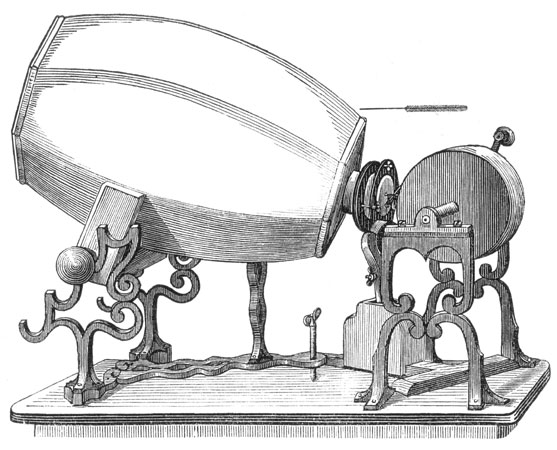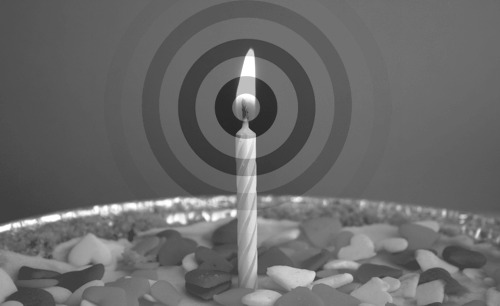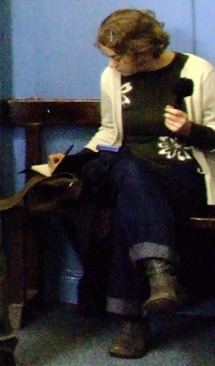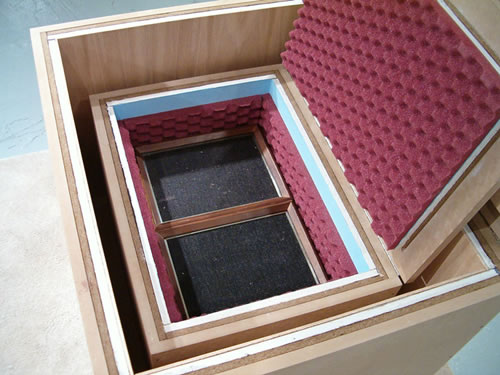150 Years of Music Technology - Competition
 Friday, April 9, 2010 at 21:49 tagged
Friday, April 9, 2010 at 21:49 tagged  competition,
competition,  events,
events,  linux
linux 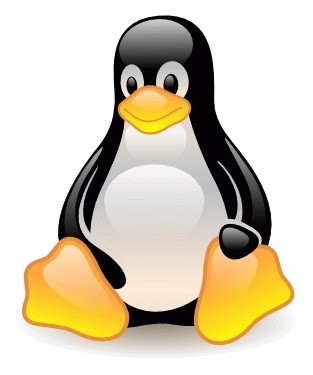 We have listened to the first sound ever recorded this week, and today, april 9th 2010 it is exactly 150 years ago this sound was recorded. For some, like the people from First Sounds, a good moment for a celebration!
We have listened to the first sound ever recorded this week, and today, april 9th 2010 it is exactly 150 years ago this sound was recorded. For some, like the people from First Sounds, a good moment for a celebration!
This year from the 1st till the 4th of May the Linux Audio Conference 2010 (LAC) takes place in Utrecht, the Netherlands, and one of the special events on this conference will be a composition competition, in collaboration with First Sounds.
Here is a description from the LAC newsletter:
The original 150-year old “Au Claire de la Lune” sample, found here can be used as a starting point. There is also a free Tonehammer sample package which can be used.
For the composition process, the use of Linux and/or open source applications is strongly encouraged and appreciated. The composition must be accompanied by a (short) description of the work and the use of software and technology.
Submissions can be sent to lac [at] linuxaudio [dot] org, before the 26th of April. Or you can hand in your submission on the first day of the festival.
I am happy to announce that I will be part of the jury for this competition. I am looking forward to hearing all creative contributions! Read more about the Linux Audio conference on the LAC website: lac.linuxaudio.org/2010/




